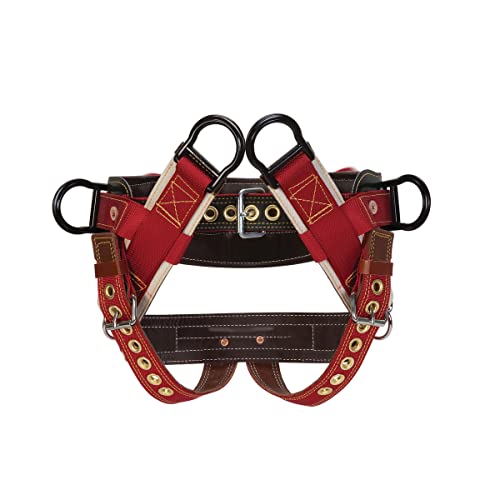As promised in another thread, we check the rpm's of each saw. Brian's tach is a photo cell so we measured off the clutch drum. Results were a little surprising to me given my impressions which I will get to later. Brian's 800 - almost 12,900. 850 - right at 12,500. My 800 - around 11,700 then Brian discovered that the decomp was loose; tighten it up and it jumped to 12,300. DE 80 - consistently 9,900 to 10,000. Brian leaned it some and it hit 11,300 but we put it back to where it was originally tuned.
In the cut, Bryan's 800 felt the strongest. The other three were pretty much the same despite my 800 having an 8 tooth sprocket. Given my impressions, I was a little surprised by the max rpm difference of the DE 80.
The 850 had noticeably more vibration. Brian attributed that to the NOS stiff as a board AV mounts. I didn't seem to notice the screwed together AV mounts on my 800 as I had previously. I tweaked them a little when I had it apart the other day while working on the oiler. I am not sure whether or not Brian felt any vibration difference in the 800's.
During the rpm testing, my 800 hands down put out more oil so hopefully it is finally fixed.
Now let me work on that video.
Ron
My saw was lean when it let go. You can hear it in the videos. It was just a little too lean but would run like no tomorrow.
Brian
This to me is why the 800 muffler is bad. Its alot harder to hear that 4 stroking compaired to any saw ive owned or played with.. not many haha i only have 10 but yea maby ive got toast hearing already but i can never be happy with its tune allways second guessing and end up fattening it up again out of fear
Ron

























































